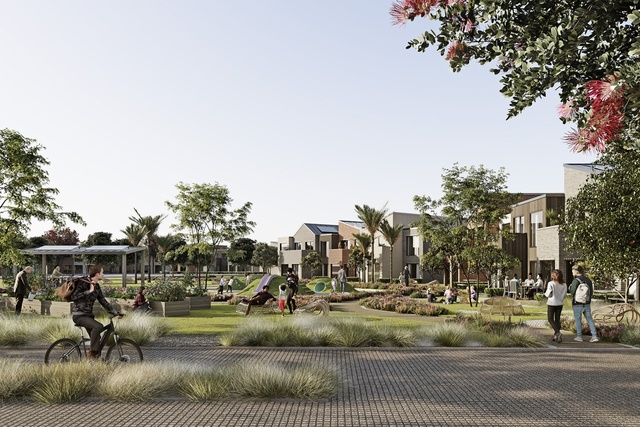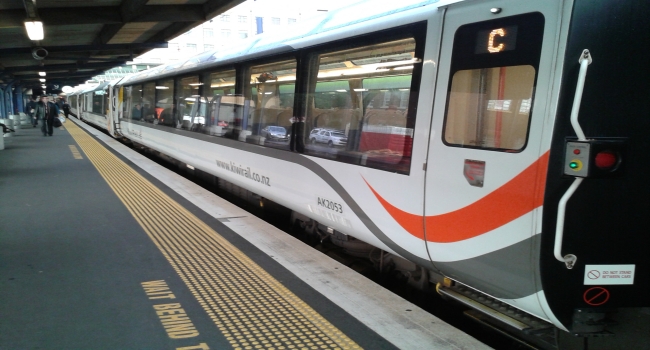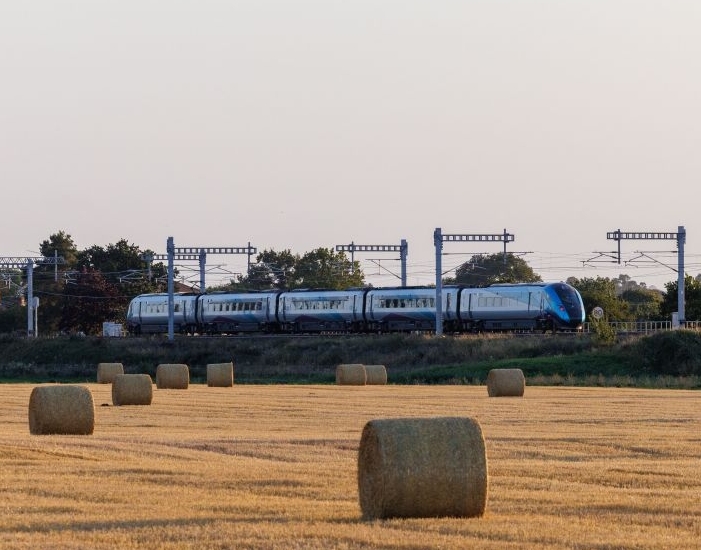Opinion - In the March 2022 edition of the Logistics and Transport NZ magazine of the NZ Chartered Institute of Logistics and Transport, I opened with a series of questions and a hypothesis as re-stated in the following three paragraphs :
- New Zealand is at a junction when it comes to inter-regional public transport and passenger rail
- Will it continue its recent path of almost entirely focusing investment on urban passenger rail in the Auckland and Wellington regions? Or is there room to expand planning to include passenger rail reconnecting regions to the main urban areas and extending into New Zealand’s Heartland as a national network?
- This comes down to the question as to what sort of country we want New Zealand to be? At stake are questions of social equity, national connectivity, transport accessibility, meeting climate change commitments, improved transport safety, regional rejuvenation, affordable housing access and even patriotic national pride as one joined up nation. Few things give the perception of a united nation like quality national rail networks. In order to get sustainable regional rail up in NZ we will need national consensus to correctly identify viable opportunities and problems we are trying to solve so it can fulfill its potential to help deliver a more sustainable future that helps New Zealand fully realise it’s potential.
On 13 March 2023, one year later, almost to the day, the central Government has issued a statement about the reprioritisation of New Zealand transport activities as part of a number of initiatives to cut New Zealand Government spending and investment. This is in order to free up expenditure for the funding of new initiatives to address the cost of living crises and to fund the repair of damage to infrastructure from recent extreme weather events. An extract from their media statement is below:
“Refocusing our goal of increasing and improving public transport as an alternative to driving to the five main centres of Auckland, Hamilton, Tauranga, Wellington and Christchurch.”
Reducing transport emissions is critical to achieving New Zealand’s climate change targets, but we need to focus our efforts on the areas where we can achieve the greatest reductions, such as our biggest cities.
With around a third of New Zealand’s population estimated to live in our biggest city, it’s where we can make the largest single gains in future-proofing transport systems to tackle congestion and reduce emissions.
First let me state I am not oblivious to the challenge the current Government faces. It is very tough for them and for most New Zealanders. But make no mistake this is a step backward from a vision for greater inter-regional public transport – it certainly seems at least for now to answer the questions I proposed above – but not in the affirmative.
There is no desire on the part of anyone to be tone deaf to the very challenging situation that New Zealand currently finds itself in. However, it is times like this that test the mettle, the resilience of, and commitments to, our progression as a nation to meeting the concurrent challenges of climate change commitments, social equity, national connectivity, transport accessibility, improved transport safety, regional rejuvenation, affordable housing access, building back better, transport resilience and even patriotic national pride as one joined up nation. It seems our regions have been cast adrift to focus Public Transport development on just the main centres.
Yes - we have a Cost of Living Crises. Yes - we are recovering from major weather events such as the Auckland storm and Cyclone Gabrielle. Yes - these need urgent Government focus and attention. Yes - people are hurting. Yes - it is true that sometimes a patient needs critical care in a hospital ward. But does that mean the rest of our nations vision need to be put on hold, parked or worse still abandoned all together?
One of the things I learnt in management in the rail industry over my career is that there will always be crises that derail the best plans and as Robbie Burns the famous Scottish poet, celebrated in my home city of Dunedin, said:
“The best laid schemes o’ mice an’ men” often go awry.
Be it storms, financial crises or political set-backs – to name a few. For example, in the last 15 years there has been a Global Financial Crises in 2008, a Earthquake devastating New Zealand’s 2nd largest city Christchurch in 2011, a near Magnitude 8 Earthquake in 2016 disrupting the fabric of transport connectivity between North and South islands, a Pandemic in 2020 to 2022 and now in 2023 a cost-of-living crises coming out of that. On average that is a major existential event for a good chunk of New Zealand every three years! When is there not a major event? Does the World stop? Do other nations stop their visions and development? Will they steal a march on us as we continually deferbig calls on delivery of a better future and simply regress like in Groundhog Day to the here and now – living the same day - day after day for what seems like an eternity?
I worked in the Middle East (UAE) for nearly 5 years from 2012 to 2017 at Etihad Rail. In that period a whole new railway was envisioned, designed, Stage 1 built and operationalised. We planned further for the next stage of the railway where construction was kicked off in 2019 and at the time of writing is substantially complete and now going through the operational delivery stage despite its many challenges including the same pandemic NZ suffered from. In the meantime in New Zealand we plan, defer, plan again and defer and procrastinate and get derailed by crises after crises. Do we seriously think that other successful nations don’t face such challenges? They have a vision, a plan and get on and deliver the goods.
Meanwhile we procrastinate further and prolong our vision delivery, or worse still, kick it down the field into touch. It seems indeed as a Groundhog day where every day the same old same old is trotted out all in the name of “here and now” crises management. It is disappointing and gut wrenching to see our national vision drift off into the “ever-never”. No nation vision, no nation plan - just a series of reactions to the events that life throws at you with some tokenism to longer term vision saying projects will be delivered – eventually – staged - sometime in the future – not sure when – but some time.
I have written in previous opinions, how such inter-regional passenger rail and public transport infrastructure can be funded and delivered in New Zealand. We certainly don’t have to place all the burden on the tax and rate payers for this to happen – yes they have a part to play but many mechanisms exist to lighten the load on this potential funding drain on the public purse.
I will be talking more of such matters over the coming weeks and months and so stay tuned as to how we may ake up from the never ending Groundhog Day. Instead we can wake up to a better tomorrow, where inter-regional passenger rail, and more generally inter-regional public transport such as buses can join across our great nation like envisioned, and as currently being delivered in the great nation that is the UAE, for the betterment of all New Zealanders.
An opinion by Michael van Drogenbroek a Transport Consultant/Advisor at Heriot-Edievale Ltd with 30 plus years’ experience. Currently, he is working with various clients on rail, public transport, and freight development projects both in New Zealand and overseas jurisdictions including the Middle East.
For further information concerning the points raised in this opinion -

Groundhog Day Revisited – The New Zealand Transport Way
Published on 14/03/2023 at 8:43 am.


